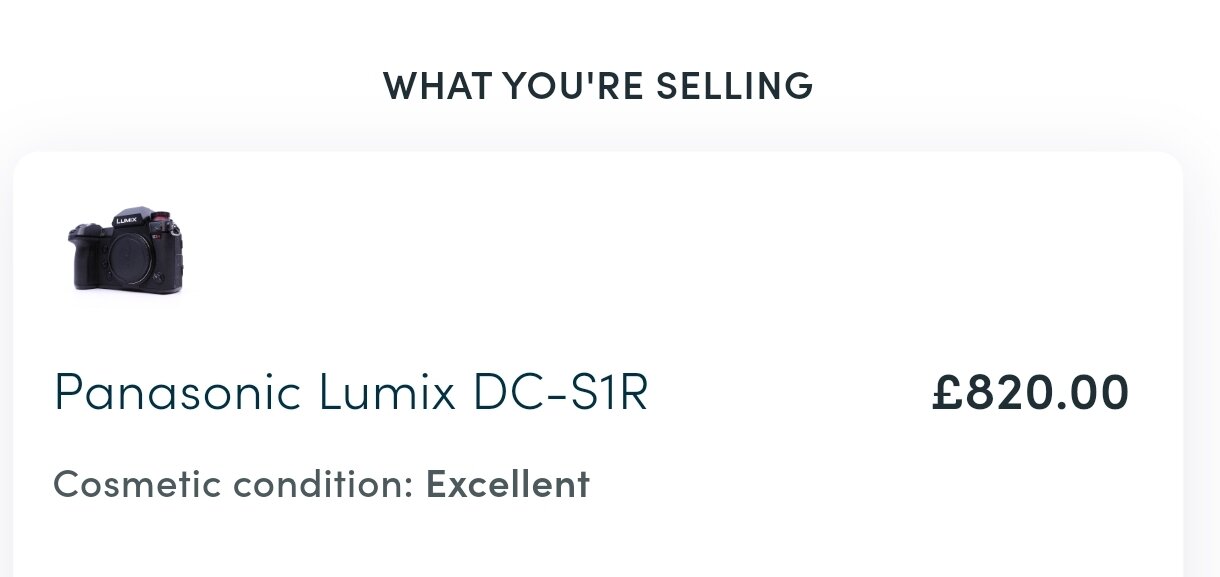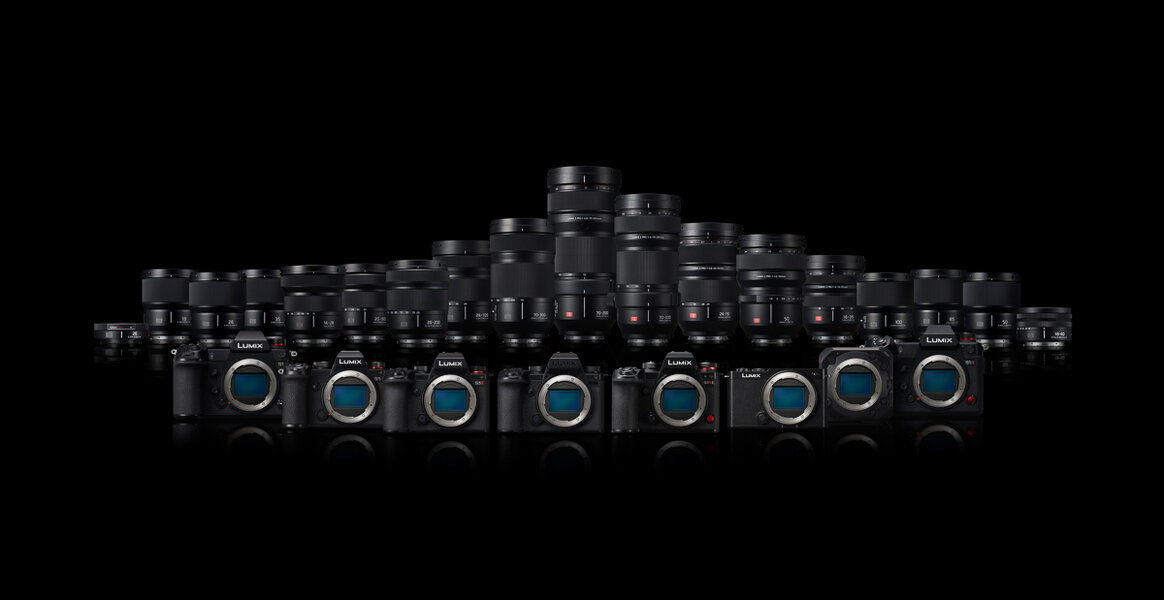Here a very interesting interview with the Lumix people (Matt Frazer) about the S1Rii. The guys of cined.com really know what they are talking about
This is a great video. All questions about the S1Rii answered by Matt Frazer. He is working in business development at Panasonic Lumix USA and is involved in product planning for Lumix. Maybe I will pin this interview later in an extra thread.
There are a few points in that interview which are for me personally worth to point out. Always looking for my kind of use cases (focus on photography), others might find other points more important.
1. Hybrid cameras only
The original S1R was in my view a camera for photographers only. The Lumix S1 was the one, which was better for video work. As far as I remeber, this was also the way how the S1R was pushed in the marketing.
This has changed now. The S1Rii is not just a hybrid camera, it is in my interpretation of that interview a video camera with nice to have features for photographers. This is a difference in mind shift for the S1R line. That is nothing bad per se. But it was said, that Lumix focuses on hybrid cameras and the S1Rii would be a video camera. I do not think that there will ever be again a Lumix fullframe camera for photography only.
This is a shift in the market which every brand is doing since a couple of years. Video features will bring advantages to photography too, for sure. But you will not be able to buy in the future any kind of camera, which is not hybrid. If you want a photography only camera, you need to buy a Leica M.
The reason why I mention this here is, that this can (does not have to) have consequences for future Lumix LMount products. If you offer video features in a camera, you need cooling etc. This makes a camera bigger than without video functionality. The higher the video is (4k, 6k, 8k) the more you need CF Express cards to handle these huge file sizes. Same for bigger batteries. This all makes a camera body bigger. I personally hope, that Panasonic finds a good compromise to be able to offer in the future also smaller L-Mount bodies with internal EVF. We will see. I am very curious about the rumors of an April product launch.
2. The sensor of the S1Rii is bigger than 24x36mm
This was very interesting for me. Thanks to the bigger sensor, they are able to reduce this "wobbling" in videos when using electronic stabilization. It could be, that the best results will only be achieved with Lumix lenses, because they know their distortion behaviour and can easier implement this in their firmware algorythms.
3. The Lumix-flow up will be a hit
I am not a videographer. But the idea behind this app is groundbreaking to get in touch with new customers / smartphone users, who have not yet a camera for video. They can use that app already with their smartphone, learn with it how to make their videos more professional and time efficient. Of course they will be interested later on at least to test the Lumix cameras. Very smart move and very good for the market share of Lumix. Therefore very good for all of us.
I am really impressed by the thought-process of the S1Rii. It was a good idea to wait with the launch until they can use this new sensor. This sensor makes really sense for this target group.
I am torn, because better AF tracking for sports, 10fps with mechanical shutter and 44MP to crop later on some sport shots would be helpful for me. But I will wait until I am sure what else will come, whch could be smaller/lighter and with less MP. But if that will not happen, the S1Rii could be the camera I would buy longterm to replace my S5ii.
But maybe Lumix brings some surprises in MFT too? Life is unfair... Too many choices...







